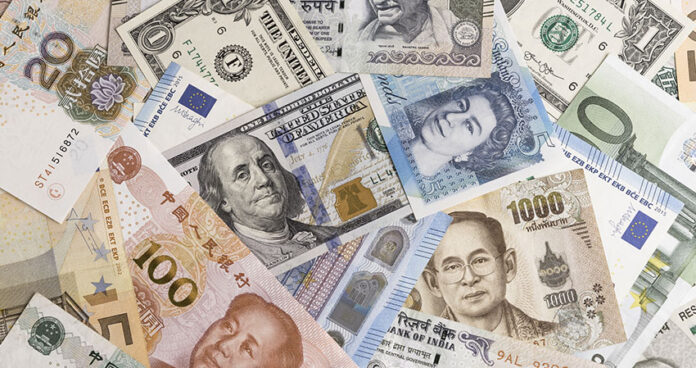In the first quarter of the current 2020/21 fiscal year, international debt and liabilities rose 7 percent year-on-year to $113.8 billion.
According to data from the State Bank of Pakistan (SBP), foreign debt and liabilities rose by $6.7 billion from $107.1 billion in the same quarter last fiscal year.
Foreign debt and liabilities increased by June-end by $945 million, or 0.8 percent, from $112.8 billion.
At the end of September FY2021, debt and liabilities made up 41.5 percent of the country’s gross domestic product, representing a small rise from 40.1 percent a year earlier.
Analysts said debt repayments placed pressure on the reserves of foreign exchange and also the currency. In times to come, the rise in foreign borrowings and possible debt-related outflows may have negative consequences for external accounts.
Data from the State Bank showed that an increase in foreign debt and liabilities came from both the private and public sectors. Disbursements from multilateral donors and the International Monetary Fund have contributed to a large rise in foreign debt.
As of September 30, public external debt was worth $88.9 billion, as opposed to $87.8 billion in the previous quarter. This was estimated at 84.5 billion dollars by the end of September. Government debt in July-September FY2021 increased to $72.3 billion from $67.807 billion a year earlier.
At the end of September, long-term foreign debt stood at 71.1 billion dollars, up from 68.7 billion at the end of the previous quarter. At the end of September last year, it stood at $66.2 billion. Debt accrued by multilateral sources grew from $30.8 billion at the end of June and $28 billion at the end of September 2019 to $32.3 billion.
Bilateral loans amounted to $14.4 billion, compared with $12.7 billion the previous year. As of the end of September, the debt received by the International Monetary Fund was $7.6 billion. The year before, it amounted to $6.3 billion.
Figures from the SBP showed that external debt servicing declined sharply to $3.5 billion in the first quarter of this fiscal year from $14.5 billion in the last fiscal year. The government paid a principal amount of $2.9 billion, while the remaining $659 million was paid in interest.
In the three months to September, the current account reported a surplus of $792 million or 1.2 percent of gross domestic product, compared to a deficit of $1.4 billion or 2.3 percent of GDP in the same timeframe a year earlier.
As of June-end, foreign exchange reserves stood at $18.8 billion, rising to $19.3 billion by September-end. Last month, the rupee became one of Asia’s best performing currencies as it took advantage of robust dollar inflows and the stable move of the exchange rate regime to a flexible market-based system.



